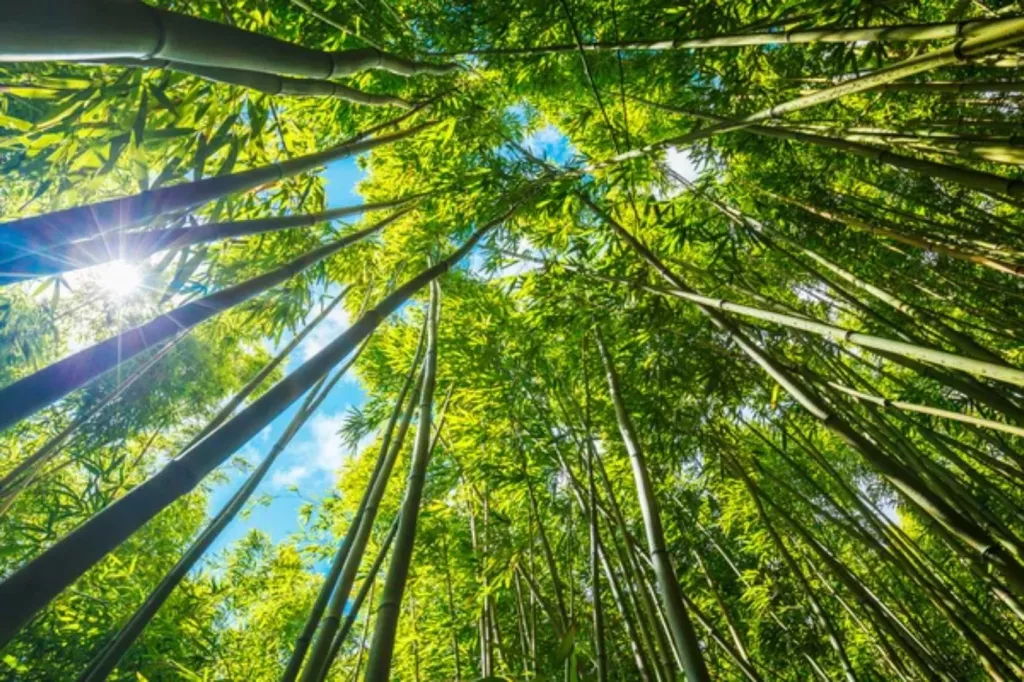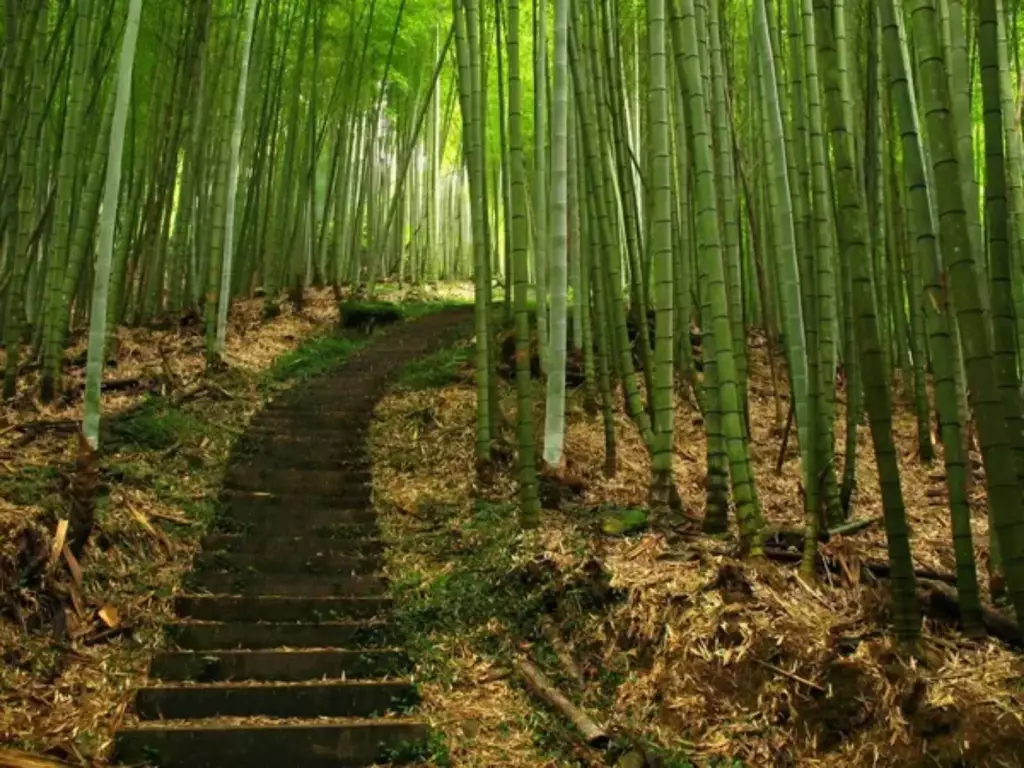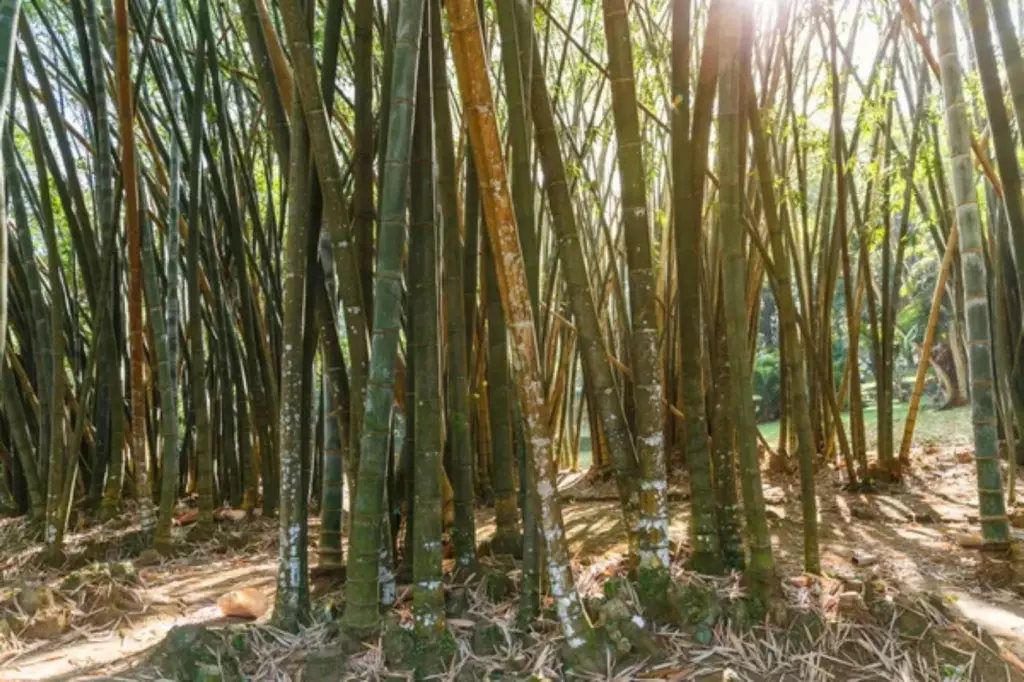How Many Bamboo Seeds Can You Plant per Acre?
The planting density of bamboo seeds per acre is a critical factor that influences both the growth rate and the eventual yield of the bamboo plantation. Determining the optimal number of seeds to plant per acre requires consideration of the specific bamboo species, the intended use of the bamboo, and the local climatic conditions. In this article, we will explore the nuanced considerations involved in determining the ideal planting density of bamboo seeds per acre.
Generally, for bamboo cultivation, spacing can range from 5x5 feet to 20x20 feet, translating to about 435 to 110 plants per acre, respectively, for seed-based propagation. However, the number of bamboo seeds you can plant per acre varies greatly depending on the species and the planting method.
What's really intriguing is that despite these numbers, bamboo's unique propagation method through rhizomes means that, over time, your initial planting can expand far beyond those original seeds, creating a dense and lush bamboo forest. Let's learn about the optimal planting density, growth factors, and techniques to ensure a thriving bamboo plantation.
Summary
- The optimal number of bamboo seeds planted per acre varies by type; running bamboo requires 435,600 to 522,720 seeds because it needs more space to spread than the more compact clumping varieties which only require 217,800 to 304,920 seeds.
- Clumping bamboo, like Moso bamboo, can be planted more densely, with estimates ranging from 120 to 240 plants per acre, while running bamboo species such as Black bamboo require more space, with recommended densities between 90 and 150 plants per acre.
- Bamboo planted for privacy screens or hedges might be placed closer together, while those grown for timber or commercial purposes require wider spacing to allow for optimal growth and culm development.

On this page:
How Many Bamboo Seeds per Acre?
Bamboo seeds are the starting point for cultivating your bamboo grove. It's crucial to initiate the germination process correctly to ensure that your bamboo seeds develop into viable plants.
You'll want to begin by soaking the seeds, usually for 24 hours, which can enhance their chances of successful germination.
Optimal bamboo seed density per acre
When thinking about how many bamboo seeds to plant per acre, consider the type of bamboo and its growth habits (clumping or running).

Generally, you'll want to distribute the seeds to minimize competition and allow for adequate space for each seed to grow.
For your bamboo planting venture, here's a useful table to guide you through:
| Bamboo Type | Seeds per Square Foot | Estimated Seeds per Acre |
|---|---|---|
| Running | 10 - 12 | 435,600 - 522,720 |
| Clumping | 5 - 7 | 217,800 - 304,920 |
Bamboo Density per Acre for Different Species
When contemplating the planting of bamboo on your property, it's helpful to distinguish between the two main growth habits of bamboo: clumping (sympodial) and running (monopodial).
Optimal density for clumping bamboo
Clumping bamboo species grow in tight groups and are less invasive than their running counterparts. This trait allows for a denser planting scheme.
For instance, with Moso bamboo, a popular clumping type, you might plant anywhere between 120 and 240 plants per acre.
Estimated range:
- Minimum: 120 plants/acre
- Maximum: 240 plants/acre
High-yield Moso bamboo forests have been reported to produce more than twice the amount as low-yield forests.
Optimal density for running bamboo
Conversely, running bamboo species, like Black bamboo, require more space to accommodate their spreading habit. These types typically need a more generous spacing approach to manage growth.
Estimated range:
- Minimum: 90 plants/acre
- Maximum: 150 plants/acre
Keep in mind that these figures are estimates and actual planting densities could vary based on specific growing conditions, the average size of mature plants, and desired bamboo usage.
Always research your particular bamboo species and consult with a bamboo cultivation expert to tailor the bamboo density to your unique scenario. To learn more about the expected yield per acre for different bamboo species, you may refer to this article.

Spacing Guidelines for Bamboo Planting
When planting bamboo seeds, spacing is a critical factor to consider for the successful cultivation of your bamboo grove. The goal is to balance between giving each plant enough room to thrive while maximizing the use of your space.
Optimal seed spacing for different bamboo species
For optimal growth, you should plant bamboo seeds at enough distance to allow for individual plant development and mature grove formation. The exact spacing depends on the bamboo species and the purpose of your planting.
-
Clumping bamboo: If you're planting a clumping variety, this type tends to grow more upward than outward, so you can use tighter spacing without impeding growth.
-
Running bamboo: Running types, however, spread out aggressively and require more space between each plant to manage growth. They tend to grow up to 90-100 cm per day.

Planting for different purposes affects spacing
Your purpose for growing bamboo can affect how you space your plants:
-
For privacy screens or hedges: You might plant your bamboo closer together. For instance, depending on the pot size, you could plant 2 to 3 feet apart for a 1-gallon pot size or 3 to 4 feet for a 2-gallon pot.
-
For timber or selling: If you're growing bamboo for timber or selling purposes, you'll want to consider a wider spacing to allow for thicker culm development.
| Purpose | Spacing (ft) |
|---|---|
| Privacy screen | 2-3 |
| Hedge | 3-4 |
| Timber production | 5-10 |
How Many Bamboo Seedlings per Hectare?
For bamboo seedlings, the quantity you can plant per hectare varies based on the species and intended use of the bamboo.
Bamboo seed density per hectare
Generally, a hectare of land can accommodate:
- For smaller species: 4,000 to 10,000 seedlings
- For larger timber species: 1,000 to 1,600 seedlings
Optimal spacing for growth
Ensure that you’re providing enough space between each seedling. This can mean:
- For ornamental types: 3 to 5 meters apart
- For production forests: 5 to 7 meters apart
| Use Case | Seedlings per Hectare | Spacing Needed |
|---|---|---|
| Small ornamental bamboo | 10,000 | 3m x 3m |
| Large timber bamboo | 1,600 | 7m x 7m |
Different varieties of bamboo have different yields per hectare. To find out, you can visit this article.
Factors That Influence Bamboo Plant Density
Soil condition is crucial in bamboo planting
Bamboos thrive in nutrient-rich, moist soils with good drainage. Before sowing, ensure your soil is well-amended with organic materials such as compost. The soil's pH and consistency—whether it's sandy, loamy, or clayey—also affect seedling growth.
Temperature & climate can affect density per acre
Bamboo seeds need a certain soil temperature to germinate. Typically, a warm range is preferable. Additionally, the overall climate—whether tropical, subtropical, or temperate—can influence how densely you can plant.
Watering patterns can also influence density
Consistent and adequate watering is essential. Bamboo does not like to be dry, but overwatering can cause root rot. Your irrigation strategy should aim for a balance, influenced by soil type and weather conditions.
The effects of sunlight exposure on density
To ensure proper growth, perhaps consider your location's sunlight exposure. Direct sunlight can be beneficial for certain types of bamboo, while others may require indirect sunlight to prevent leaf burn.

Humidity level can play a role in planting density
Your area's humidity plays a role in plant density. High humidity can promote lush growth, but too much can also encourage diseases that affect plant health.
| Factor | Suggested range |
|---|---|
| Soil pH | 6.0-6.5 |
| Soil temperature | 68°F-72°F (20°C-22°C) |
| Watering frequency | 1 inch per week |
Potential Yield and Profit From an Acre of Bamboo
| Bamboo Type | Estimated Yield (poles per acre) | Market Price (per pole) | Estimated Profit Range per Acre |
|---|---|---|---|
| Moso (Phyllostachys edulis) | 500 - 1,000 | $5 - $30 | $2,500 - $30,000 |
| Guadua (Guadua angustifolia) | 300 - 600 | $10 - $50 | $3,000 - $30,000 |
| Black Bamboo (Phyllostachys nigra) | 400 - 800 | $7 - $40 | $2,800 - $32,000 |
| Timber Bamboo (Bambusa oldhamii) | 600 - 900 | $8 - $35 | $4,800 - $31,500 |
Moso bamboo yields between 500 and 1,000 poles per acre
A popular bamboo species known for its fast growth and high yield, Moso is widely used in the bamboo industry for products ranging from flooring to utensils.
Guada bamboo has a lower yield per acre
Guadua (Guadua angustifolia) is highly valued in construction, especially in South America. It is known for its strength and flexibility.
It has a lower yield range of 300 to 600 poles per acre, which reflects its larger size or the need for more space between plants.
Black bamboo offers a yield of 400 to 800 poles
Black bamboo (Phyllostachys nigra) is known for its distinctive black-colored stems, this bamboo is often used for ornamental purposes as well as in crafts and furniture.
Black bamboo stands out with the highest potential maximum profit of $32,000 per acre, benefiting from its unique aesthetic appeal and versatility.
Timber bamboo demonstrates consistent profitability
Timber bamboo (Bambusa oldhamii) is a large species that's used for construction and furniture. It is also known for its aesthetic appeal in landscaping.
It provides a yield of 600 to 900 poles per acre, suggesting it's quite efficient in space usage compared to its size.



